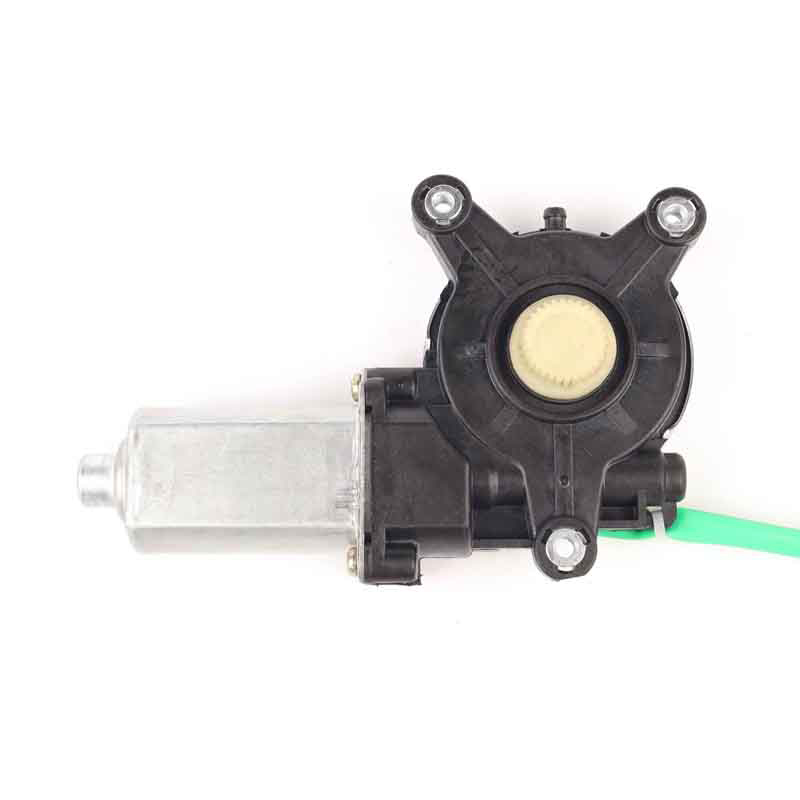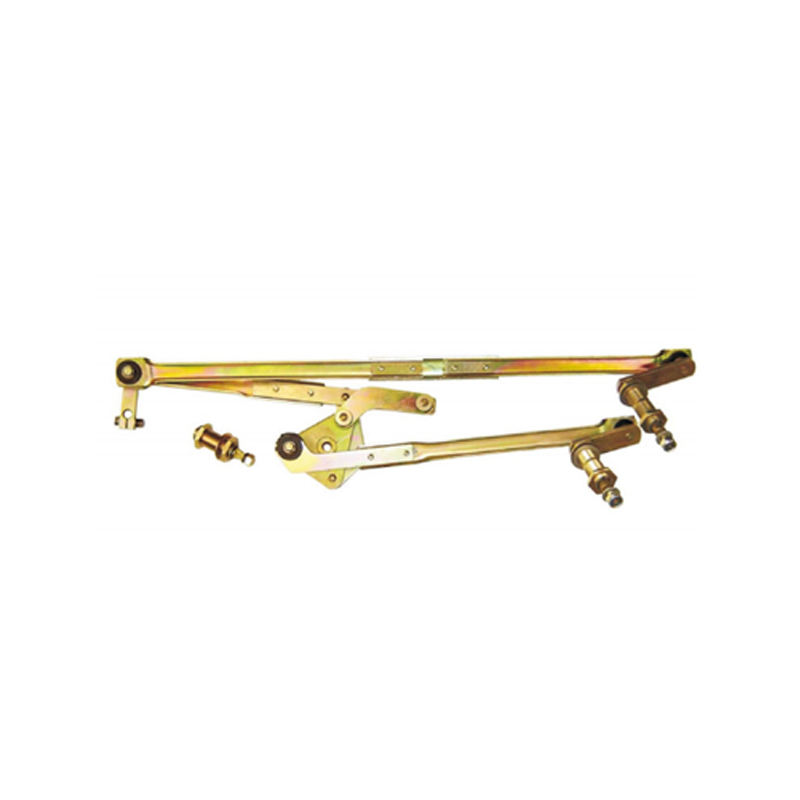 +86-0577-66009580
+86-0577-66009580
 juntmotor@126.com
juntmotor@126.com

In the intricate world of automotive design, there are numerous components that contribute to the overall functionality and comfort of a vehicle. One such component, often overlooked but crucial, is the back window regulator. This mechanism plays a silent yet vital role in the smooth operation of the rear passenger window motor and the back window motor within your car. Understanding the back window regulator's function is essential for vehicle owners to appreciate the complexity of their car's window system.
The back window regulator is a mechanical device that orchestrates the movement of the rear passenger window motor. It's a system of gears, rails, and cables designed to ensure that the window moves up and down smoothly and without any hitches. When the back window motor is activated, it is the regulator that translates the motor's power into the linear motion needed to open and close the window. Without a properly functioning back window regulator, the rear passenger window motor would be rendered ineffective, cause a frustrating user experience.
Regular maintenance is key to keeping the back window regulator in top condition. Over time, dust, dirt, and debris can accumulate, causing the regulator to become sluggish or even fail. This is where the back window motor and rear passenger window motor come into play. A well-maintained regulator ensures that these motors operate at peak efficiency, providing a seamless window operation that enhances the comfort and convenience of all passengers.
When you press the button to lower or raise the rear passenger window, the back window motor springs into action. However, it's the back window regulator that ensures the smooth and controlled descent or ascent of the window. This is achieved through a series of interconnected parts within the regulator, which include the window guide, window track, and window gear. The back window motor powers the regulator, which in turn moves the window along the track, ensuring a straight and steady motion.
Understanding the back window regulator's role is crucial when troubleshooting window issues. If the rear passenger window motor is functioning but the window isn't moving, the problem likely lies with the regulator. Common issues include a broken window track, a damaged window gear, or a completely failed regulator. In such cases, a mechanic will inspect the back window motor and the entire window system to diagnose and repair the problem.
The back window regulator isn't just about comfort; it also plays a role in vehicle safety and security. In the event of an accident, a functional back window regulator can help passengers exit the vehicle more quickly. Additionally, a well-functioning rear passenger window motor and back window motor can prevent unauthorized access through the back window, providing an added layer of security.
As technology advances, so too does the sophistication of the back window regulator. Modern regulators are becoming more compact and energy-efficient, with some featuring electronic components that allow for even greater control over the rear passenger window motor. This evolution is set to continue, with the potential for smarter regulators that can self-diagnose issues and communicate with the vehicle's central computer system.

